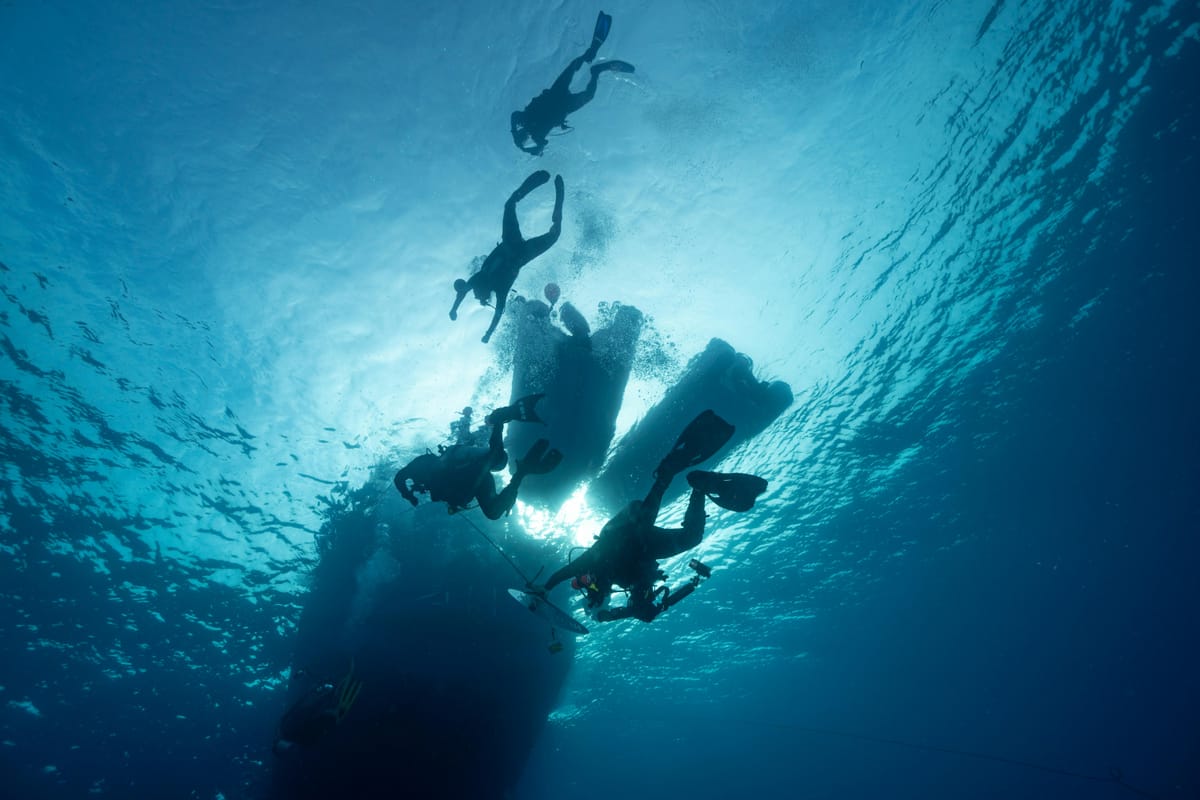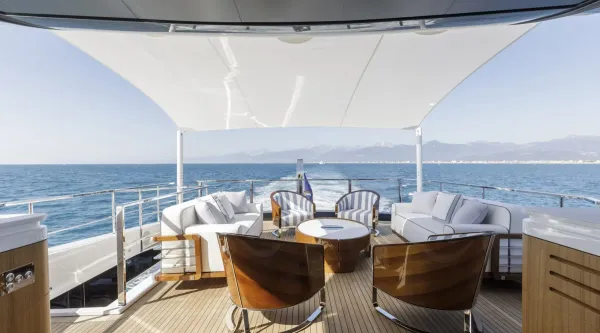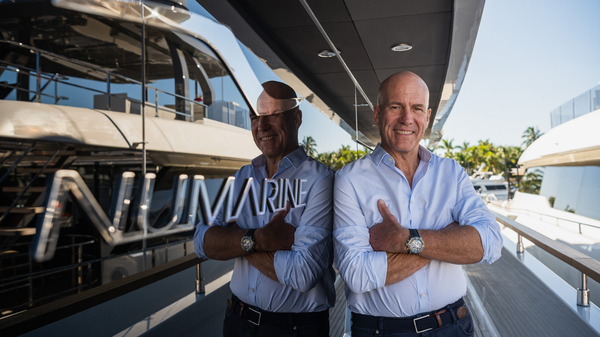The Sinking of Bayesian: Lessons from a Maritime Tragedy
The Bayesian superyacht tragedy exposed yacht design flaws, regulatory gaps, and urgent needs for improved stability and safety protocols.

The sight of the Perini Navi superyacht Bayesian's wreck surfacing off Porticello, Sicily, was a chilling reminder of the gaps in our understanding of yacht stability and safety protocols. This incident was not merely a freak accident; it was a convergence of failures related to design ambitions, regulatory oversights, and operational limitations that led to catastrophic failure and loss of life.
Nearly a year ago, the 56-meter yacht set off for its final voyage. Despite having a professional crew, clear management, and appropriate documentation under LY2, the unforeseen disaster struck on the morning of 19 August 2024, claiming seven lives initially, with another tragic loss during the salvage operation in May 2025. The incident has forced the industry to confront uncomfortable truths amid speculative narratives and shifting of blame.
The UK Marine Accident Investigation Branch (MAIB)'s interim report dissected the event, uncovering potential failures both operationally and systematically. Initially perceived as an unavoidable accident, the inquiry has prompted crucial questions about preventability and accountability.
On that fateful day, as the yacht lay anchored off Cefalù, it became evident that the forecasted storms necessitated a move to better shelter. The subsequent anchoring near Porticello appeared safe at first, but the severe weather forecast intensified overnight. At 04:00, a mesocyclonic downdraft heeled the vessel past its stability threshold, causing it to capsize within seconds.
This disaster spotlights the vulnerability in the vessel's stability margins under adverse conditions. MAIB's analysis highlighted that Bayesian's certified Stability Information Book did not account for the anchoring configuration with a fully raised centerboard. This oversight diminished the yacht’s righting ability, with the actual conditions exceeding the vessel's calculated stability limits.
The environmental analysis from the UK Met Office corroborated the unexpected storm's intensity, revealing wind speeds far exceeding the buoy's stability limits, underscoring the broader implications of unpredictable weather patterns, likely exacerbated by climate change.
Pressure is mounting from the public, including the families of the victims, who demand accountability and justice. The family of the late chef Recaldo Thomas, represented by James Healy-Pratt of Keystone Law, has emphasized preventability, critiquing the design and management decisions made under duress.
The industry now stands at a crossroad. This tragedy must catalyze a revision of yacht design and stability criteria and inspire a reassessment of operational risk protocols. As innovations in design merge aesthetics and function, the sailing yacht sector must reconcile its traditional frameworks with contemporary hybrid uses.
As we await the final MAIB report, it's clear that this incident not only questions regulatory adequacy but also challenges how designers and operators perceive stability under real-world conditions.






